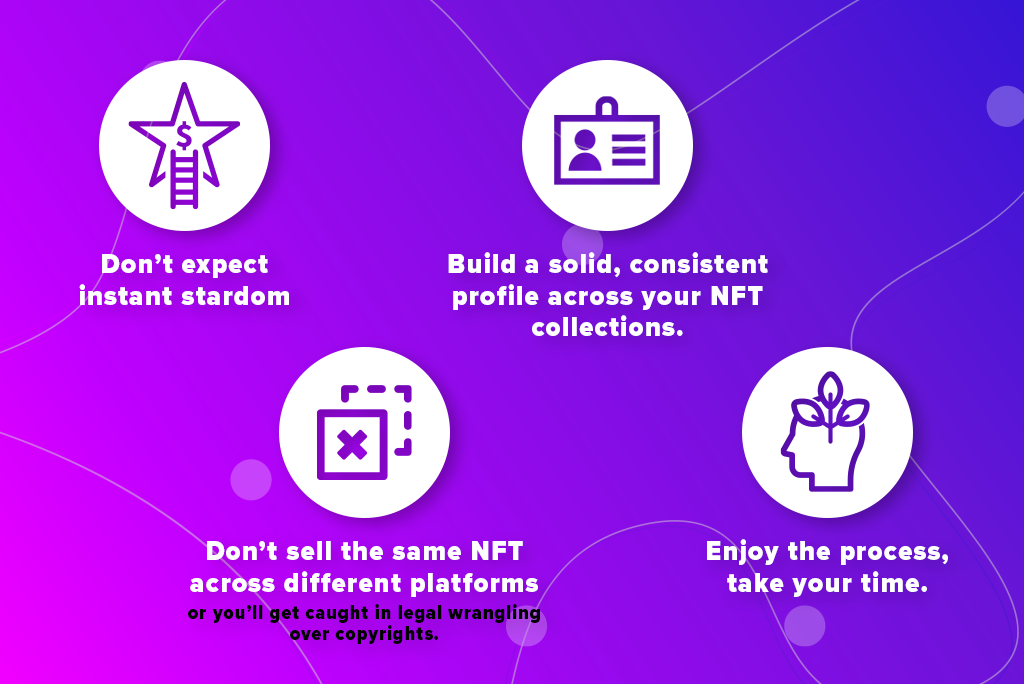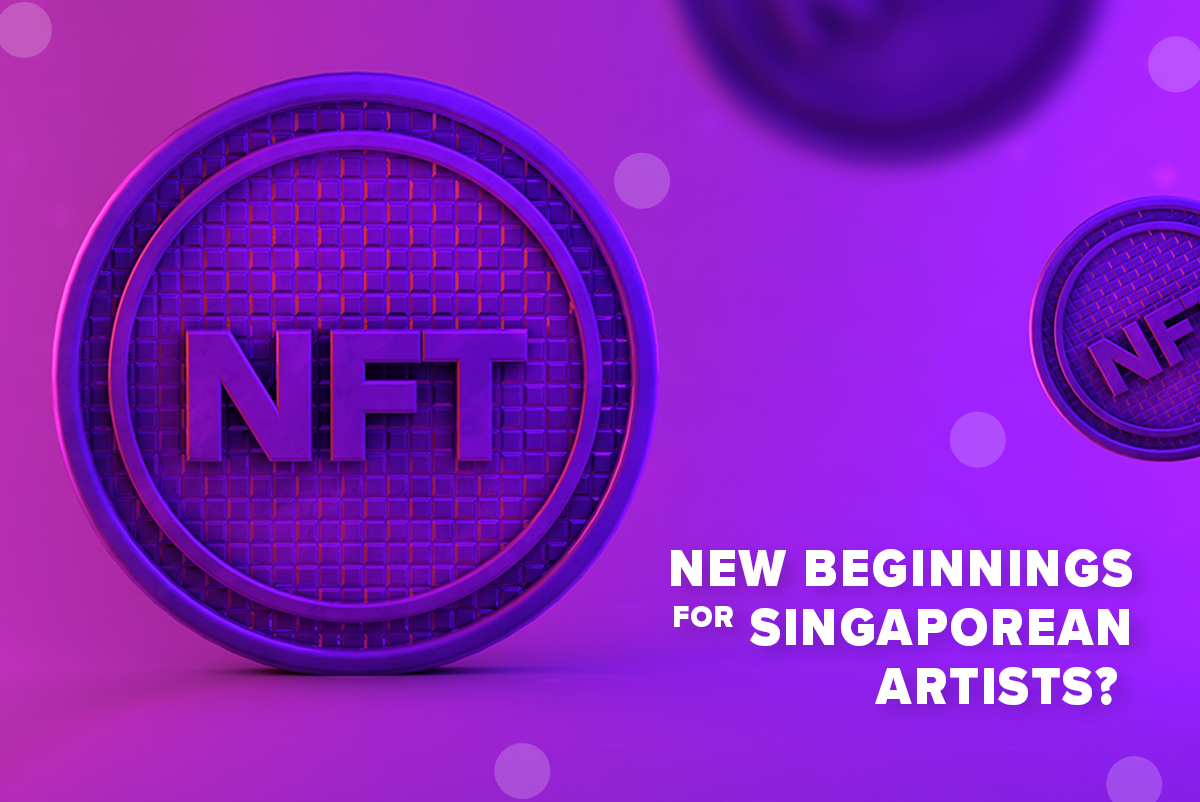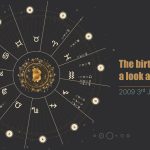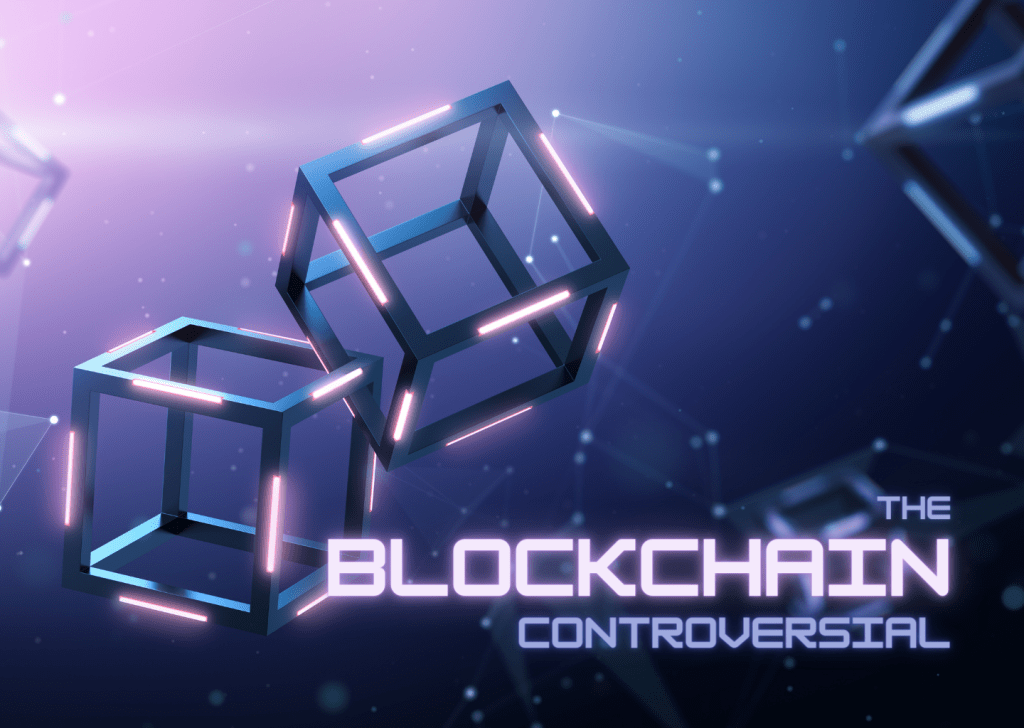NFTs – new beginnings for Singaporean artists?

Ann Nguyen
As an artist, I get an almost overwhelming sense of appreciation (and relief) when my artwork is sold. And it’s the sense of recognition that motivates me to create more. The sales proceed most certainly help alleviate the financial stresses of life (and my dog) and let loose the hounds of creativity.
The introduction and subsequent growth of Non-fungible Tokens (NFT) has opened a whole new world of experiences and opportunities for artists all over the world. A realm once dominated by galleries, auction houses and renowned artists, NFTs have helped artists all over gain recognition like never before.
There are over 50+ platforms for minting and selling NFTs – OpenSea, Rarible, Makersplace just to name a few. For the uninitiated, each has its own simple guide to converting your labor of love into an NFT (at some cost) whether for sale or personal safekeeping. Each platform also has its own policy and benefits, covering parameters such as royalties and exclusivity. We’re not here to recommend any particular platform, so depending on your objective, it’s better to spend some time studying what might be suitable for yourself and build your ground from there. For the very uninitiated, just know that you’ll need a cryptowallet as the very first step.
Selling Tips
Advice for starter artists: Be strategic in building your NFT profiles, just like how you’d build your art Instagram account, or your online art shop.
Stick with your own creative process and create every piece with purpose, but don’t hesitate to show your worth. For example, the Bored Ape Yacht Club – a collection of 10,000 unique Bored Ape NFTs that has exploded from a nascent interest onto the auction house scene. What the artists had done was to turn their art into collectible pieces for sellers, created a cult following, spread the word like social media evangelists and the tsunami of interest that followed drove prices into the stratosphere. If you’re a “fanartist” or a mainstream gamer, you could start with turning your own drawing collections of favorite characters into NFTs.
My first NFT “Voice” is currently on listing in OpenSea.The proliferation of NFTs has led to a flood of artworks from all walks of life, not just artists. So much so that my colleague who was so inspired by the simplicity and success of Cryptopunks, tried (unsuccessfully) to sell a picture of his dogs as an NFT. So be warned, it’s a long and but crowded path. Start off simple with a few test art pieces across the various platforms like those we mentioned earlier. Any traction comes from not just building a solid profile for your artworks, but also doggedly marketing across Twitter or any platform you can think of as well as supporting and garnering support (reciprocity!) from other budding NFT artists. But also manage your expectations, and accept first that the probability of your NFT going viral is not much higher than winning the lottery.

Legal Rights
Sidestepping the debate over old-school handmade physical art vs the metaverse for now, if you’re someone who’s worried about plagiarism and loss of originality, NFTs might not be for you. Ironically, the viral nature of social media and digital assets sits uncomfortably with the artist who craves both privacy and recognition.
The ambiguity of legal rights still needs to be addressed within any of the platforms – the authenticity of an NFT, or whether the rights accord a buyer a ownership over the physical artwork from which the NFT was derived. Does a high-res screen grab of a Cryptopunk (or any NFT for that matter) hold any ground? Debatable, both legally and ethically. The issues of plagiarism and forgery have plagued the art scene for centuries, no reason why it should be any different with NFTs. Some of the platforms like Mintable have tried to address this issue by providing the artist first-mover rights – the option of transferring the copyright over to the buyer. And the royalty fees levied on subsequent reselling and commercial usage of the artwork do help provide some assurance, insofar as the process is performed on the platform. Such efforts, bode well for artists, for whom such assurances didn’t exist for physical artworks. Again, one need only look at the recent frenzy over Simu Liu’s (Shang Chi) old stock photos to understand this.
Environmental impact
Jury is still out on this one. Who is to say which of NFTs or physical artworks have a lighter carbon footprint? Whether it’s a choice of the physical art medium, or the artist’s own environmental ethos, there’s no denying handmade pieces require real physical materials and effort. Joanie Lemercier, a French climate awareness artist, had been tracking down the carbon footprints of his NFTs. Lemercier concluded that NFTs represent just a fraction of the overall Ethereum market – of the 1.2 million of ETH transactions daily, less than 30,000 involve NFTs.
For now, we’re focusing more on the wealth of possibilities now open to artists, the doors for whom were mostly closed hitherto. To assuage our green conscience, take heart that some are taking a second look at green cryptomining. Just this week and closer to home, Hatten Land initiated a solar energy crypto farming using their under-utilised real estate assets in Melaka.
Learn more about what we do at Stoic Capital Singapore or keep a lookout for our next feature article or drop us an email at if you’d like to discuss some trading ideas!
Disclaimer
Please refer to our terms and conditions for the full disclaimer for Stoic Capital Pte Limited (“Stoic Capital”). No part of this article can be reproduced, redistributed, in any form, whether in whole or part for any purpose without the prior consent of Stoic Capital. The views expressed here reflect the personal views of the staff of Stoic Capital. This article is published strictly for general information and consumption only and not to be regarded as research nor does it constitute an offer, an invitation to offer, a solicitation or a recommendation, financial and/or investment advice of any nature whatsoever by Stoic Capital. Whilst Stoic Capital has taken care to ensure that the information contained therein is complete and accurate, this article is provided on an “as is” basis and using Stoic Capital’s own rates, calculations and methodology. No warranty is given and no liability is accepted by Stoic Capital, its directors and officers for any loss arising directly or indirectly as a result of your acting or relying on any information in this update. This publication is not directed to, or intended for distribution to or use by, any person or entity who is a citizen or resident of or located in any locality, state, country or other jurisdiction where such distribution, publication, availability or use would be contrary to law or regulation.





